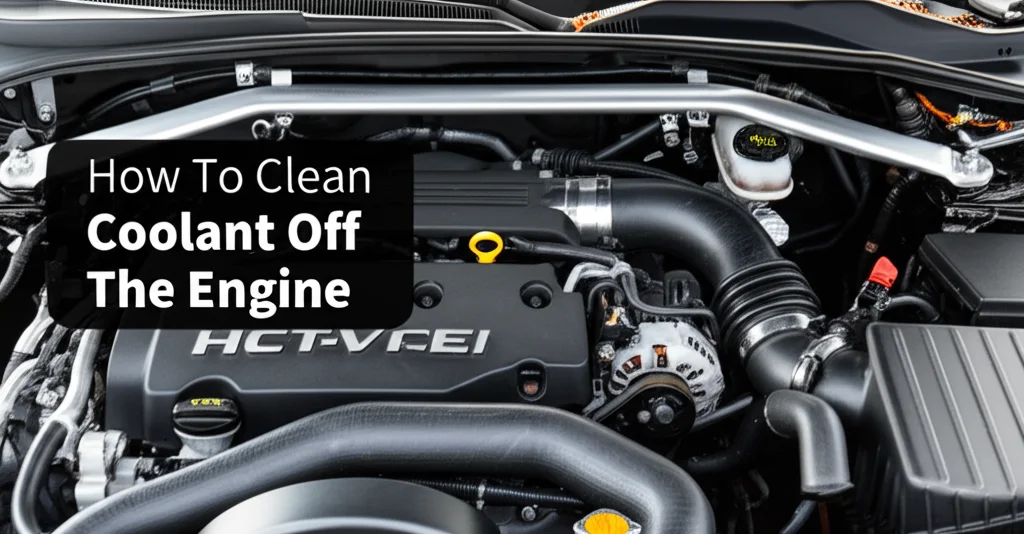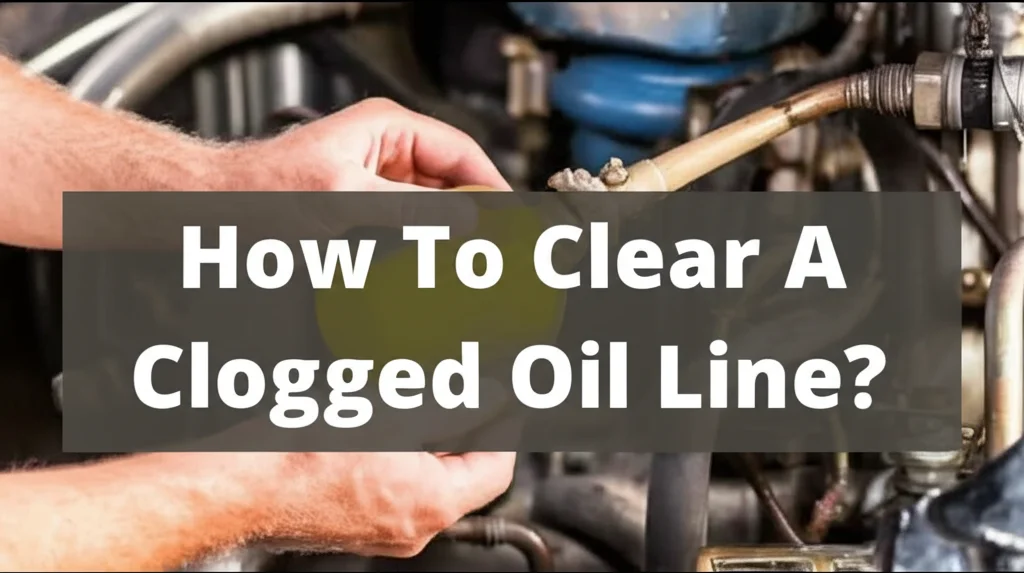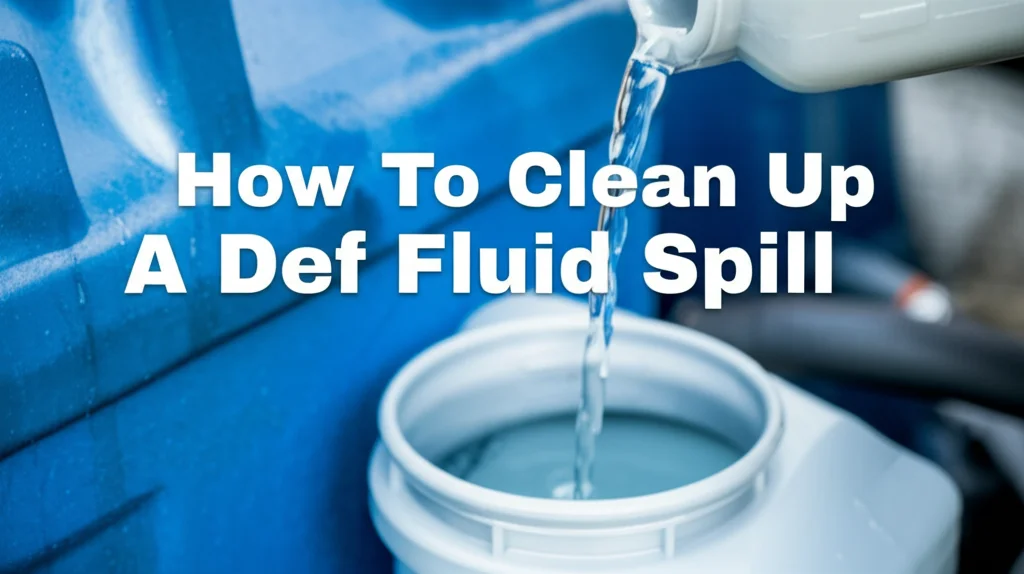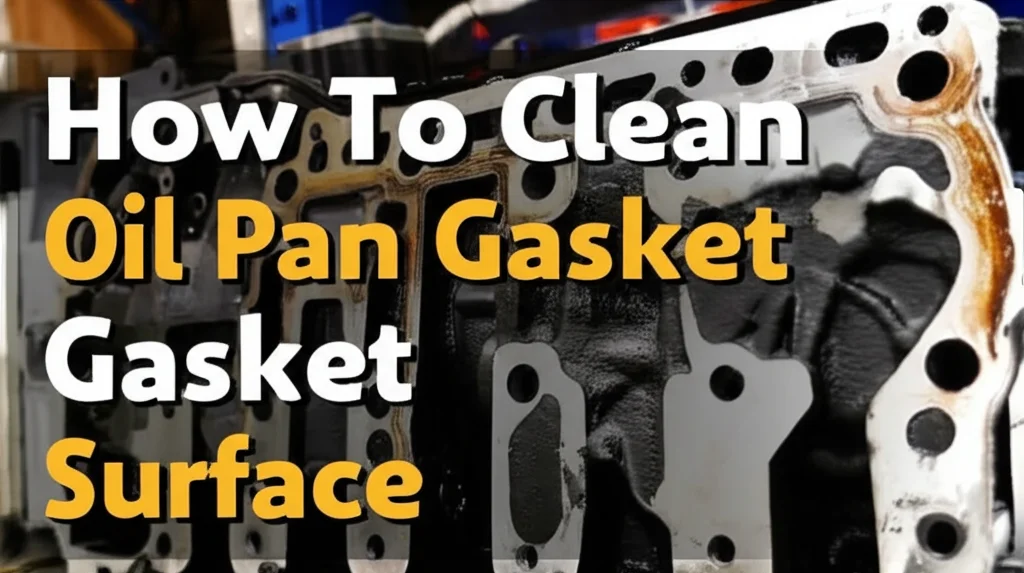· Auto Maintenance · 6 min read
How To Clean Ceramic Headers?
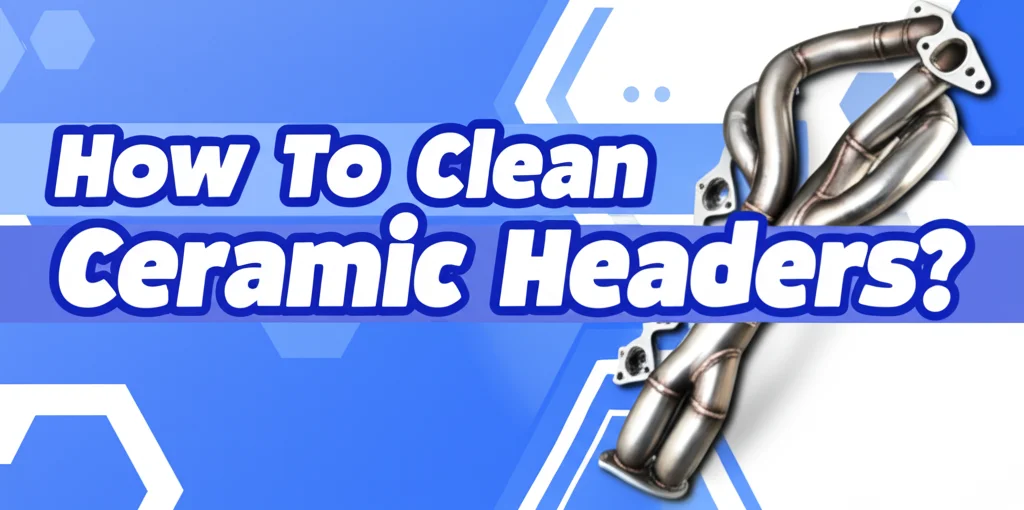
Revitalize Your Ride: How To Clean Ceramic Headers
Ever notice your engine bay looking a little…dull? Often, the culprit is dirty ceramic headers. Ceramic headers aren’t just about performance; they also add a sleek look to your engine. Keeping them clean isn’t just for aesthetics, though. It’s about maintaining optimal exhaust flow and protecting your investment. This guide will walk you through everything you need to know about how to clean ceramic headers effectively, safely, and efficiently. We’ll cover the best methods, products, and preventative measures to keep your headers shining for years to come.
Takeaway:
- Regular cleaning prevents buildup that reduces performance.
- Use pH-neutral cleaners specifically designed for ceramic coatings.
- Avoid abrasive materials that can damage the ceramic finish.
- Proper drying prevents water spots and maintains the coating’s integrity.
What’s the best way to clean ceramic headers?
The best way to clean ceramic headers involves using a pH-neutral cleaner, a soft brush or microfiber cloth, and gentle rinsing. Avoid harsh chemicals and abrasive tools to protect the ceramic coating. Regular cleaning prevents buildup and maintains optimal performance.
Why Ceramic Headers Need Cleaning
Ceramic headers offer significant benefits over traditional steel headers. They reduce under-hood temperatures, improve exhaust gas flow, and add a stylish appearance. However, they aren’t self-cleaning! Road grime, oil residue, and exhaust byproducts accumulate over time, diminishing their effectiveness and appearance.
Here’s why cleaning is crucial:
- Performance: Buildup restricts exhaust flow, reducing engine horsepower and efficiency.
- Appearance: Dirt and grime dull the finish, making your engine bay look neglected.
- Longevity: Accumulated contaminants can potentially damage the ceramic coating over time.
- Heat Dissipation: A clean surface radiates heat more effectively, maximizing the benefits of the ceramic coating.
Gathering Your Cleaning Supplies
Before you start, having the right tools makes the job much easier and safer. You don’t need a garage full of equipment, but a few key items are essential.
- pH-Neutral Cleaner: This is the most important item. Look for a cleaner specifically designed for ceramic coatings or delicate surfaces. Avoid anything acidic or alkaline.
- Soft Brush: A detailing brush with soft bristles is ideal for reaching tight spaces and removing stubborn grime.
- Microfiber Cloths: These are essential for wiping down surfaces without scratching. Have several on hand.
- Spray Bottle: For applying the cleaner evenly.
- Water Source: A garden hose with a gentle spray nozzle is perfect. Avoid high-pressure washers.
- Gloves: To protect your hands from the cleaner.
- Eye Protection: Safety glasses are always a good idea.
Step-by-Step Guide to Cleaning Ceramic Headers
Now that you have your supplies, let’s get to work! Follow these steps for a thorough and safe cleaning process.
- Cool Down: Ensure the engine and headers are completely cool to the touch. Never attempt to clean hot surfaces.
- Pre-Rinse: Gently rinse the headers with water to remove loose dirt and debris.
- Apply Cleaner: Spray the pH-neutral cleaner onto the headers, focusing on areas with heavy buildup.
- Agitate: Use the soft brush to gently scrub the surface, working in small sections. Pay attention to crevices and hard-to-reach areas.
- Let it Sit: Allow the cleaner to dwell for a few minutes (check the product instructions for specific timing). This helps break down stubborn grime.
- Rinse Thoroughly: Rinse the headers with clean water, ensuring all traces of the cleaner are removed.
- Dry: Use a clean microfiber cloth to dry the headers completely. This prevents water spots and maintains the coating’s integrity.
Dealing with Stubborn Stains and Buildup
Sometimes, a simple cleaning isn’t enough. Here’s how to tackle more challenging stains:
- Oil Residue: For oily spots, apply a small amount of degreaser specifically formulated for ceramic coatings. Let it sit for a few minutes, then scrub gently and rinse.
- Exhaust Deposits: Exhaust deposits can be particularly stubborn. Repeat the cleaning process, allowing the cleaner to dwell for a longer period. You might also consider a dedicated exhaust cleaner, but always test it in an inconspicuous area first.
- Water Spots: If you notice water spots after drying, use a detail spray designed for ceramic coatings to restore the shine.
Protecting Your Ceramic Headers After Cleaning
Cleaning is only half the battle. Protecting your headers after cleaning will help maintain their appearance and performance.
- Ceramic Coating Maintenance: Consider applying a ceramic coating maintenance spray to enhance the coating’s properties and provide added protection.
- Regular Cleaning: Establish a regular cleaning schedule (e.g., every month or two) to prevent buildup.
- Avoid Abrasive Cleaners: Never use abrasive cleaners, scouring pads, or steel wool, as these can damage the ceramic coating.
- Proper Storage: If you remove the headers for any reason, store them in a clean, dry place to prevent corrosion.
Common Mistakes to Avoid
Cleaning ceramic headers isn’t overly complicated, but it’s easy to make mistakes that can damage the finish. Here are a few to avoid:
- Using Harsh Chemicals: Avoid acidic or alkaline cleaners, as they can etch the ceramic coating.
- Applying Too Much Pressure: Scrubbing too hard can scratch the surface. Let the cleaner do the work.
- Using High-Pressure Washers: High-pressure water can damage the coating and force water into sensitive areas.
- Cleaning Hot Surfaces: This can cause the cleaner to evaporate too quickly and potentially damage the coating.
- Ignoring Manufacturer’s Instructions: Always follow the instructions on the cleaner and any other products you use.
FAQ: Your Ceramic Header Cleaning Questions Answered
- Can I use a pressure washer on my ceramic headers? No, pressure washers can damage the ceramic coating. Use a gentle spray from a garden hose instead.
- What’s the best cleaner for ceramic headers? A pH-neutral cleaner specifically designed for ceramic coatings is the best choice.
- How often should I clean my ceramic headers? Clean them every month or two, or more frequently if you drive in harsh conditions.
- Will cleaning my headers affect their performance? No, cleaning actually improves performance by removing buildup that restricts exhaust flow.
- Can I polish ceramic headers? Polishing is generally not recommended, as it can remove the ceramic coating. Use a ceramic coating maintenance spray to restore shine.
- What if the ceramic coating is chipped? If the ceramic coating is chipped, consider having it professionally repaired to prevent further damage.
Conclusion: Keep Your Headers Looking and Performing Their Best
Cleaning ceramic headers is a straightforward process that can significantly improve their appearance and performance. By using the right tools and techniques, you can protect your investment and enjoy the benefits of ceramic-coated exhaust for years to come. Remember to always use a pH-neutral cleaner, avoid abrasive materials, and dry the headers thoroughly. Regular maintenance is key to keeping your engine bay looking its best and your vehicle running smoothly. Don’t let dirt and grime diminish the value of your ceramic headers – take the time to clean them and reap the rewards!

